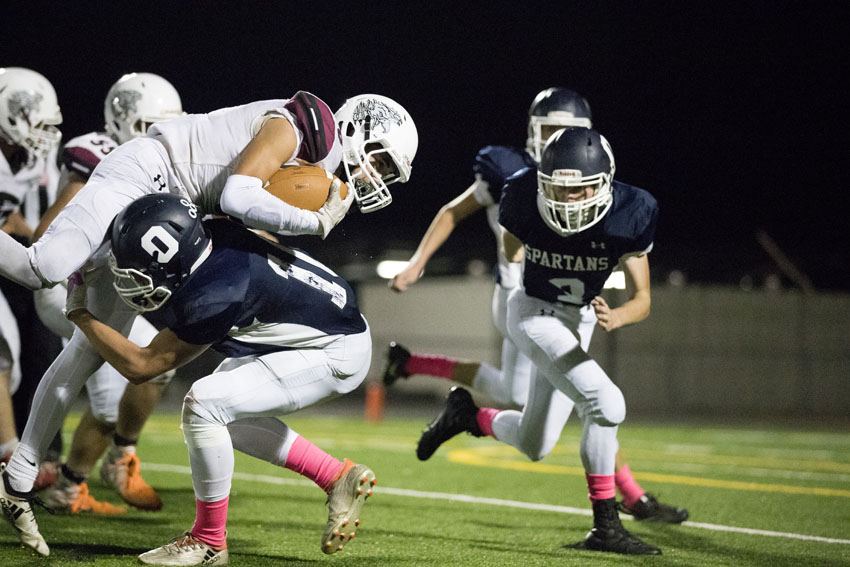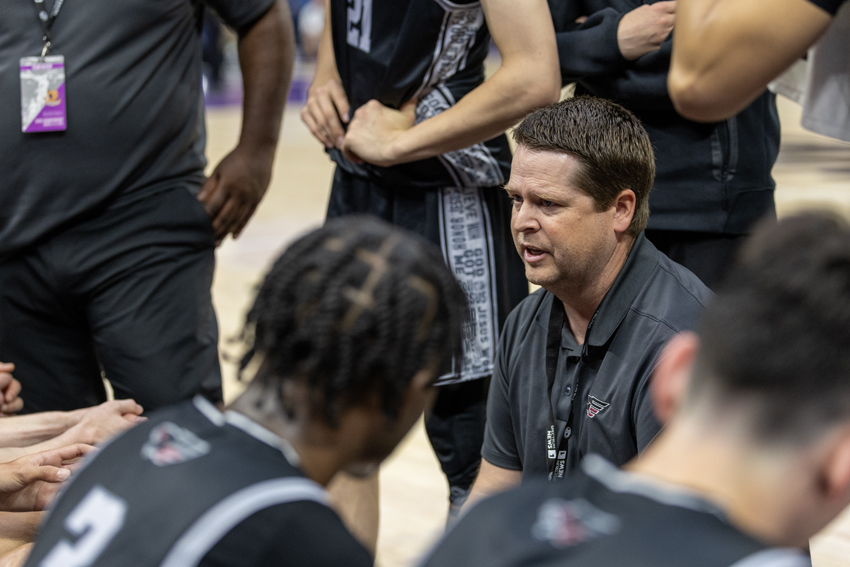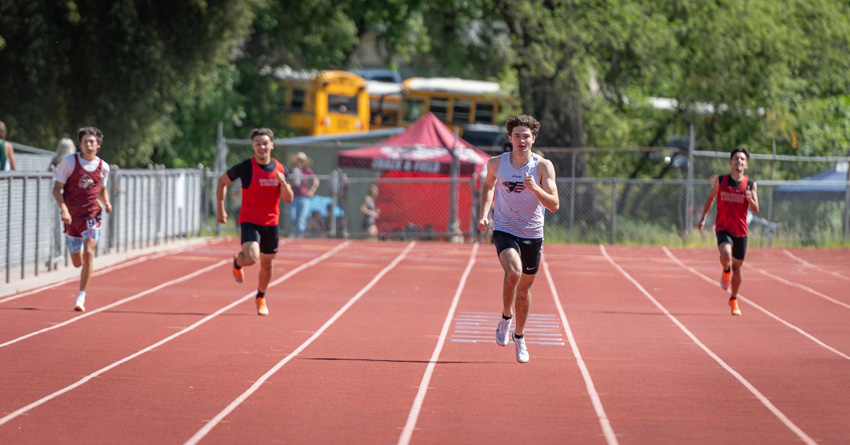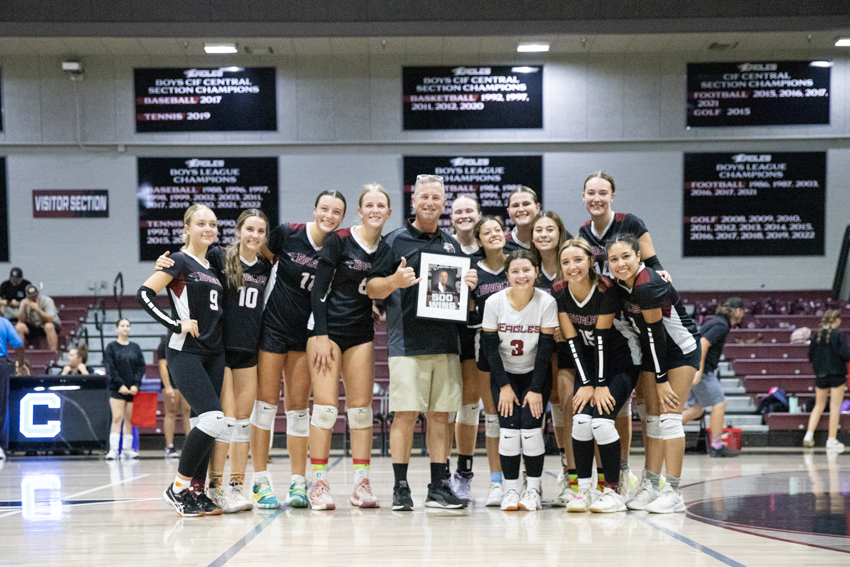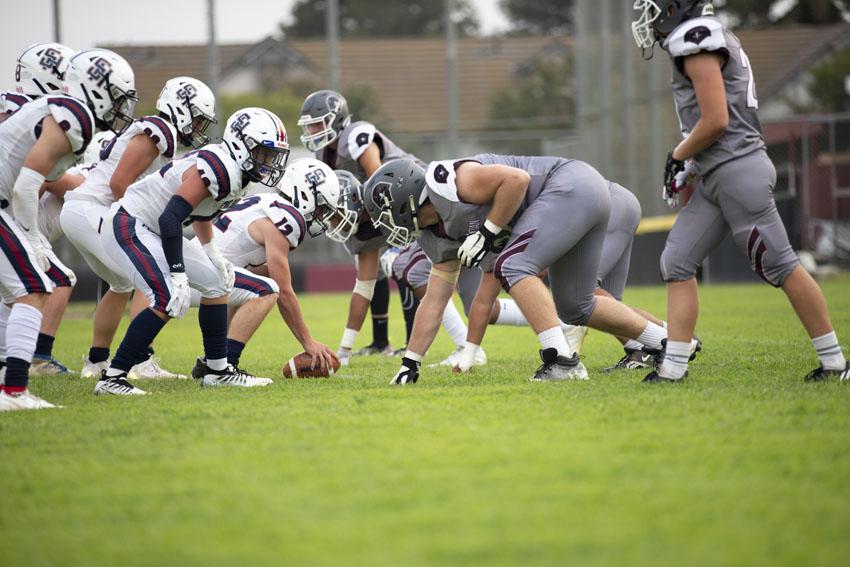Subsequent concussions become cumulative
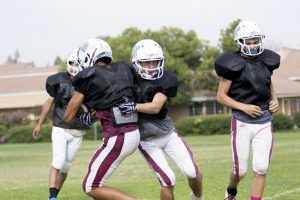
One of the most common injuries that occurs to athletes in today’s age is the concussion. According to the American Association of Neurological Surgeons. “A concussion is an injury to the brain that results in temporary loss of normal brain function. It usually is caused by a blow to the head.”
This injury remains a controversy for many parents and athletes. One of the biggest concern is chronic traumatic encephalopathy (CTE), a disease that can affect the brain after suffering from concussions.
Brain Injury Research Institute (BIRI) is an institute that has been researching the brain since 1996. On their website, they explain in depth what CTE is and how it is caused.
“The brain of an individual who suffers from chronic traumatic encephalopathy gradually deteriorates and will over time end up losing mass,” BIRI stated. “Certain areas of the brain are particularly liable to atrophy, though other areas are prone to becoming enlarged.
“Another aspect of CTE is that some areas of the brain experience an accumulation of tau protein,” BIRI continued. “A substance which serves to stabilize cellular structure in the neurons but which may become defective and subsequently may cause major interference with the function of the neurons.”
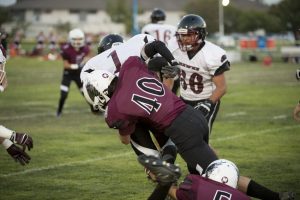
Dr. Bradley A. Schuyler is a neurologist primarily located in Fresno, CA. Dr. Schuyler treats concussions and other head-related injuries.
“I have been a neurologist for 36 years,” Dr. Schuyler said. “Sports-related concussions are a potentially serious issue. Most people who suffer a minor concussion (no loss of consciousness) will make a full recovery. However, there are some people who will experience cognitive problems that do not resolve over time. These can include problems with concentration, recent memory, and executive functions (reasoning, problem-solving, processing speed, etc.).
Further, concussions are cumulative in their effect,” Dr. Schuyler continued. “That is, once you have suffered one concussion, any subsequent concussion may have a much more profound effect, even if it is less severe than the original concussion. This is even more significant if the subsequent concussion occurs within a few months of the previous concussion.”
A concussion may cause damage to white matter brain connections & result in psychological/physiological symptoms. The initial brain injury can set in motion well known neurochemical processes, like a domino effect; & multiple concussions may lead to CTE: https://t.co/1hEz3lso2f https://t.co/bHmaEyiG2B
— StarTalk (@StarTalkRadio) March 29, 2018
Kyle Friesen, ‘19, has played football all four years of high school. Friesen suffered a concussion during a game during his junior year after taking too many hits to the head.
“I got a concussion during the first game of my junior year,” Friesen said. “I received many blows to the head that game because I did not properly protect myself. Having a concussion was disorienting and frightening. I had a sensitivity to light, noise and motion as well as a general brain fog. It didn’t stop me from playing football because I was cleared by a doctor and I love football enough to continue despite the risks involved.”

Concussions affect more than just football players. Many contact sports also risk concussions such as basketball, hockey and soccer. Bekah Micu, ‘20, has received multiple concussions while participating in soccer.
“I got one concussion at the end of February at soccer practice and I got my second one a month and a half later getting tackled too many times in powderpuff,” Micu said. “I’m getting surgery on my head Nov. 14 because of the cause of the concussions and the whiplash motion of it. It has definitely set me back in soccer but it just makes me even more excited and driven to play because you never really know how much you love something until you no longer have it. Having a concussion really messes with you. It makes you confused as well as light and sound sensitive, and it makes you feel really out of it.”
Guidelines for concussion recovery are shifting as new research from UBC shows teenagers do not heal from the brain injury in the same way as adults do. https://t.co/Ztsl5fDvKa
— Combat Concussions (@COMBATconcusshn) January 30, 2018
According to Brainline, an organization about brain injuries and post-traumatic stress disorder (PTSD), their website states that “It is estimated that 3.8 million concussions occur in the USA per year during competitive sports and recreational activities; however, as many as 50% of the concussion may go unreported. Young children and teens are more likely to get a concussion and can take longer to recover than adults. Athletes who have had a concussion, at any point in their lives, have a greater chance of getting another concussion.”
The risk of receiving a concussion can be reduced by wearing the right protective equipment, following the rules and lessening the movement of one’s head in contact sports. If an athlete has a headache, temporary loss of consciousness, nausea, confusions or other pain in the head, they may have a concussion and need to be evaluated.
For more articles, read Space archaeology: discovering and defining history and COLUMN: Alexander Rurik shares story of name

